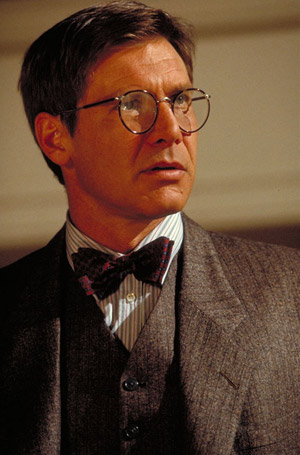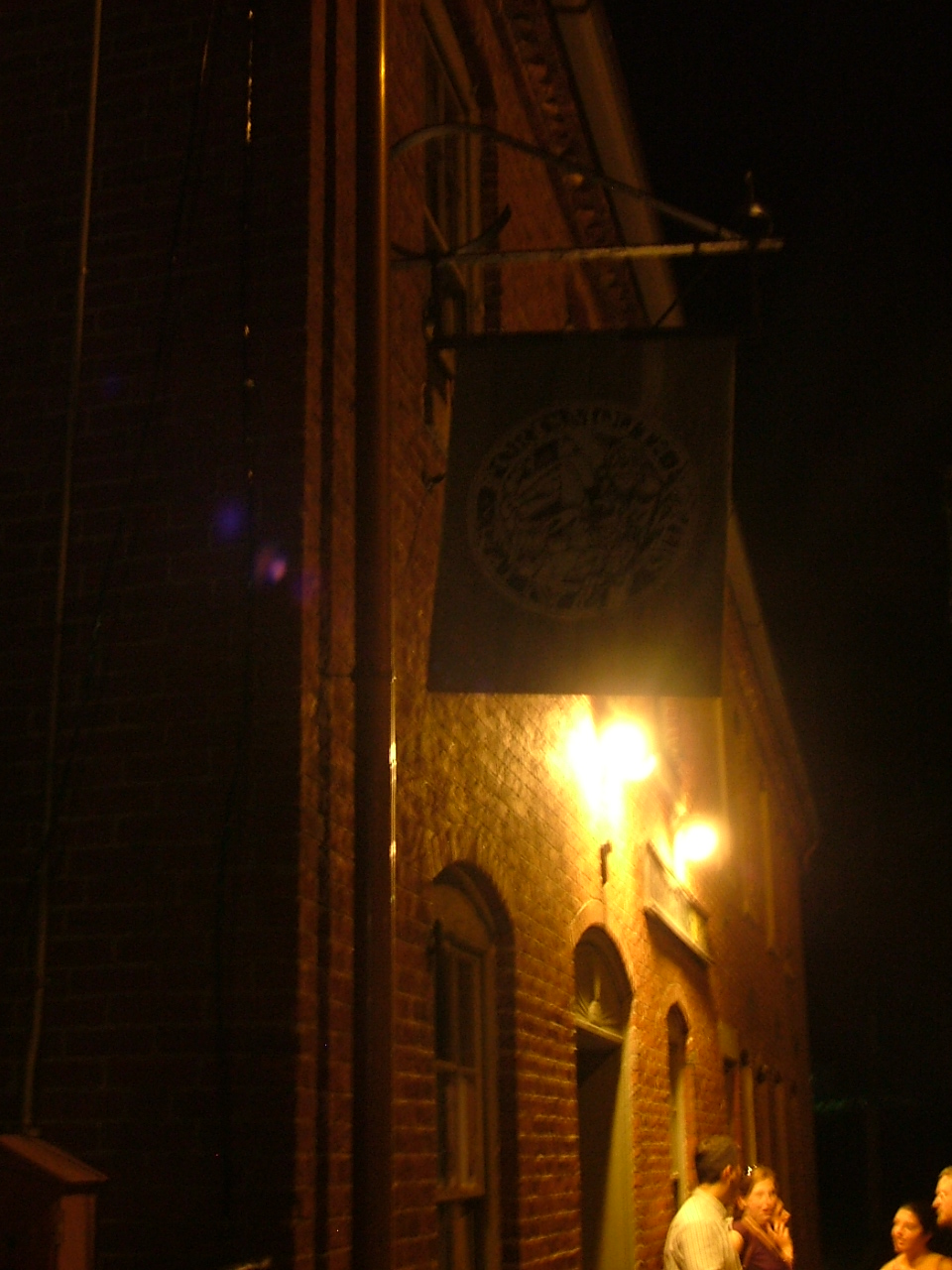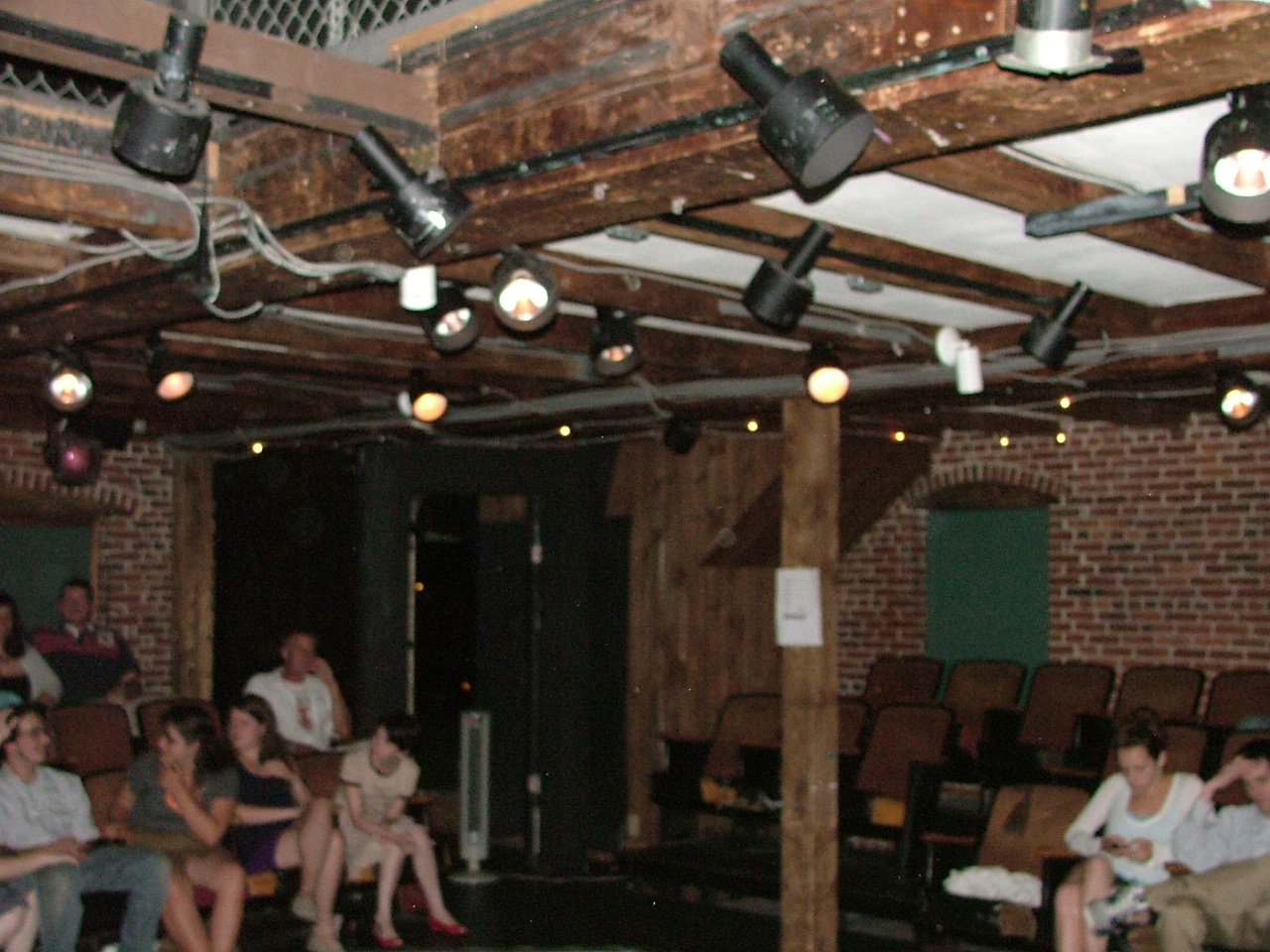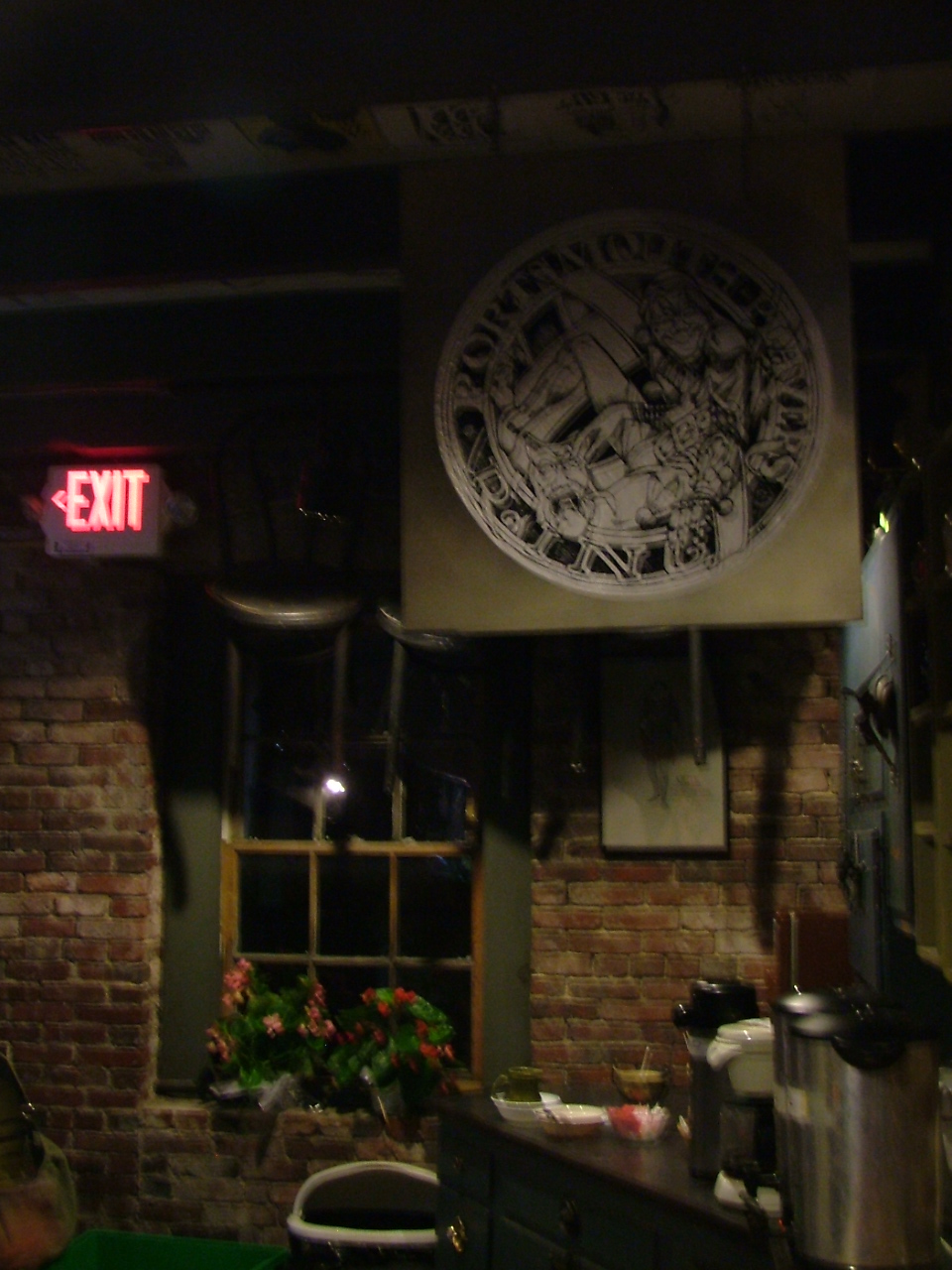I just got done with a dramaturgy session with my director for Measure for Measure (the show I’m dramaturging this year at Tufts and keep promising to fill you in on). During the drive home, I was all prepared to write a nice long post about the process, how things are going, what a dramaturge actually does, etc.
…but then one of my friends posted this trailer on my facebook wall which clearly made it all but impossible to do anything but comment upon it.
I’m so egregiously excited that I’m having trouble formulating words. Zombies? Hamlet? Spoof movies? These are a few of my favorite things. Add chocolate peanut butter, yarn, and shopping and you’d have a giant ball of Dani-crack.
I will begin with the following confession: I have seen nothing more about this film than this trailer. I’ve done a small amount of research just to try and ground myself in some film-facts and figure out when it will be released to the general public (no answer as of now, by the way, much to my chagrin and dissatisfaction).
But based on what I’ve seen, I couldn’t be more excited if I tried. A movie that deals with Shakespeare reverently but playfully? A movie that makes fun of itself while simultaneously touting some good old fashioned Shakespearean values? A movie that has the potential to be one of the most hilarious Shakes-scene of our times?
The film’s basic premise is that a group of indie film-makers want to make a version of 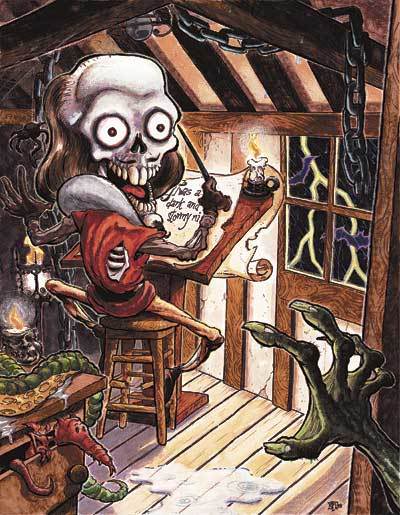 Hamlet but lack the budget for a Kenneth Brannaugh-esque period piece. Jokingly, they say the only thing they could make on their given budget is a B zombie film… so they solve their problem with a creative re-mix of both. Midway through, their backer is found dead and so they become enrapt in a plot to cover up her death to ensure a green light for their film. I’m sure that this causes plenty of outside complications as well, but I’m less concerned about those at the moment.
Hamlet but lack the budget for a Kenneth Brannaugh-esque period piece. Jokingly, they say the only thing they could make on their given budget is a B zombie film… so they solve their problem with a creative re-mix of both. Midway through, their backer is found dead and so they become enrapt in a plot to cover up her death to ensure a green light for their film. I’m sure that this causes plenty of outside complications as well, but I’m less concerned about those at the moment.
With the prospect of a zombie Hamlet, My mind immediately jumped to the possibility of the Norwegians being zombies led by a sort of lich-lord Fortinbras. Denmark could almost literally become a prison due to high security measures set in place in order to prevent further zombie invasions and, upon the collapse of the court at the end, the zombie masses enter to find the corpses of the Denmarkian royalty.
The inclusion of zombies also problematizes death within the play. What kind of outbreak are we dealing with? Runners or Shamblers? Nanovirus or witch doctors? If nanovirus, then Claudius could well be made into an arch-villain having infected King Hamlet with the virus and making him patient zero of the outbreak. Hamlet’s ghost could instead be a return of the shambling King as a sort of covert super-zombie come to wreck revenge upon the individual responsible for the attack. If Witch Doctor induced, there could still be a measure of this creation-against-creator as King Hamlet would be unable to lift a hand against his Lord and Master now-King Cladius and thus must have his son act as agent. Alternately, in a world where zombies are created by magic, ghosts become equally plausible. King Hamlet could be a sort of revenant, requiring a flesh body to perform deeds upon the living and thus spurring his son to the task.
 This also complicates Hamlet’s killing of Polonius, as when he hears a rustling in the curtains of his mother’s bedchamber he could potentially believe it to be an undead foe and, thereby, shoot said foe in the head before it leapt out to attack. Polonius becomes an unfortunate victim of the country’s political strife as opposed to the sacrificial lamb of Hamlet’s madness.
This also complicates Hamlet’s killing of Polonius, as when he hears a rustling in the curtains of his mother’s bedchamber he could potentially believe it to be an undead foe and, thereby, shoot said foe in the head before it leapt out to attack. Polonius becomes an unfortunate victim of the country’s political strife as opposed to the sacrificial lamb of Hamlet’s madness.
Ophelia’s death is similarly complicated, and the possibilities innate in a zombie-infested Denmark make richer her last scene in which she appears onstage having run mad. Perhaps she has been bitten by her risen-from-the-dead father and her not-quite-a-zombie-yet fever is the cause of her madness. Alternately, anyone can go crazy in the world of the zombie holocaust. The uncaniness of the walking dead and the permeation of casual death into society will just do that to a person.
Also; what does this mean for Act V? Does the royal court lay dead at the feet of the zombie invaders only to rise themselves as mindless brain-nommers? Is Horatio the only human left alive in a world now peopled by the walking dead?
Since the film isn’t actually a zombie version of Hamlet but rather about the making of a zombie Hamlet, I don’t truly expect my questions to be answered. I do, however, very much look forward to seeing it and firmly believe that I will have found a new go-to “bad day” movie.
…and if anyone has the money and inclination to actually direct a production of Hamlet set

“…Is this the end of Zombie Shakespeare?”
during the zombie holocaust, please oh please oh please hire me. I’ll do anything to be involved in that production. I’ll even put myself on your line and audition to be a piece of meat… I mean… actor. But mostly, I want to find a reason to have to research what kind of duel you would possibly be able to stage while the zombie hoards were shambling at your door. Pistols won’t cut it due to the multiple touches, but I could definitely see claymores or battleaxes coming in handy and thereby the Princes being versed in their usage… or maybe bludgeoning weapons are the way to go since cricket bats are definitely a staple of the zombie genre. That, however, would complicate the poison premise, but we could maybe make it work somehow…




 instead of agonizing over the proper usage of periods in Chicago-style citation (seriously, Tufts, you are BLOWING THE MIND of this MLA-girl… guess I should get used to it since this is the rest of my life… sigh), I took my gay best friend to see Bad Habit Productions’ Much Ado About Nothing …with a twist.
instead of agonizing over the proper usage of periods in Chicago-style citation (seriously, Tufts, you are BLOWING THE MIND of this MLA-girl… guess I should get used to it since this is the rest of my life… sigh), I took my gay best friend to see Bad Habit Productions’ Much Ado About Nothing …with a twist.
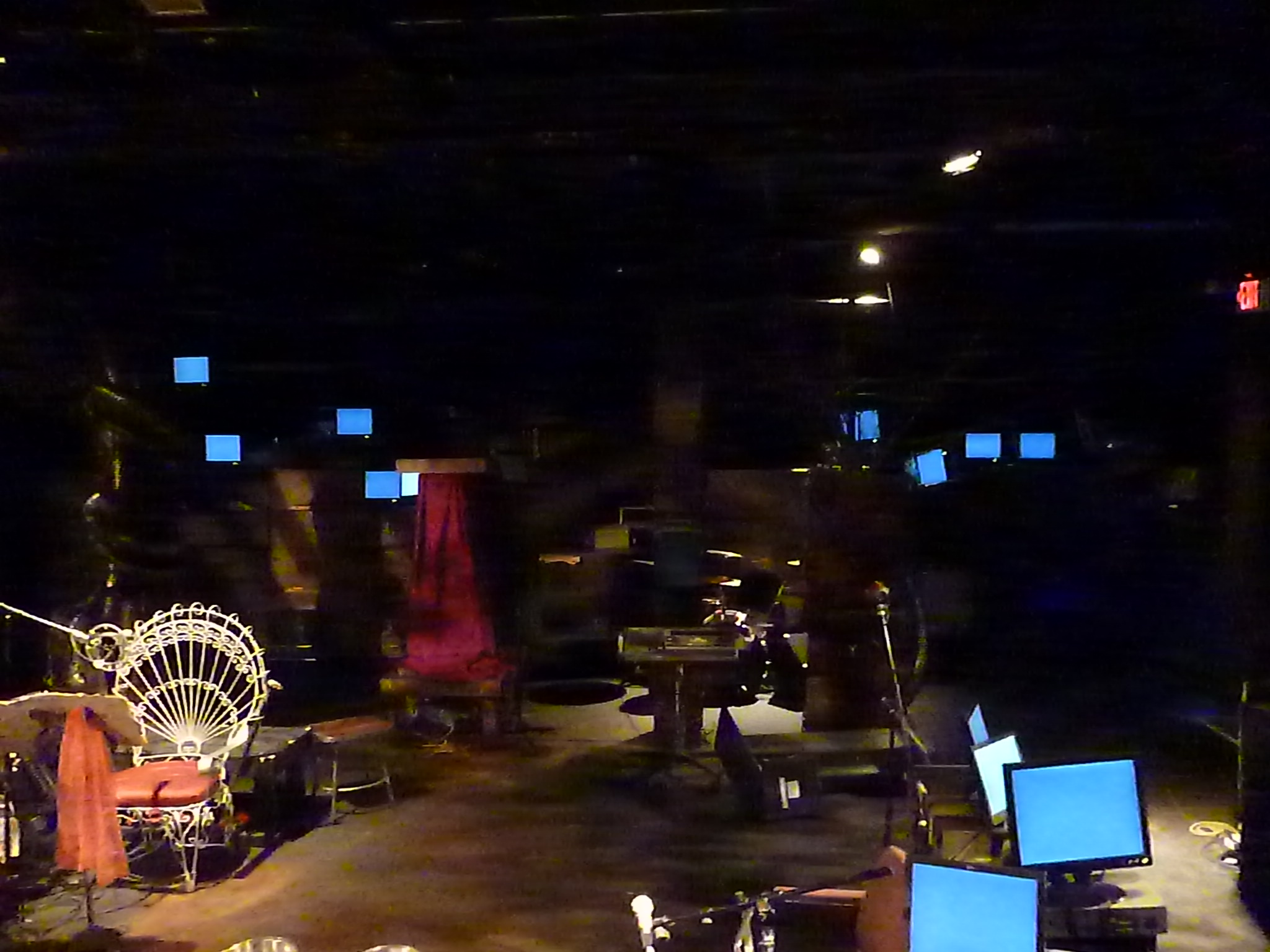





 was new and different because Stomeham coupled their adult company with their teen company so the adults played adults and the teens played teens.
was new and different because Stomeham coupled their adult company with their teen company so the adults played adults and the teens played teens.

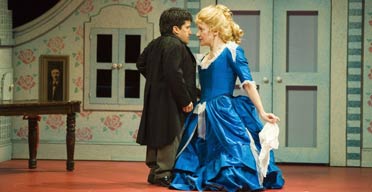 entire play takes place inside the doll’s house, what was the world like outside the doll’s house? Were the characters as they were only within the doll’s house and did they mystically become something different outside? Was this really a world where all the men are short of stature and women are nothing more than pretty little animals attending to them? Did the doll’s house somehow show us the essence of a human being Richard III style and clear our minds of all accessory which may prevent us from seeing the truth of what was going on?
entire play takes place inside the doll’s house, what was the world like outside the doll’s house? Were the characters as they were only within the doll’s house and did they mystically become something different outside? Was this really a world where all the men are short of stature and women are nothing more than pretty little animals attending to them? Did the doll’s house somehow show us the essence of a human being Richard III style and clear our minds of all accessory which may prevent us from seeing the truth of what was going on?




